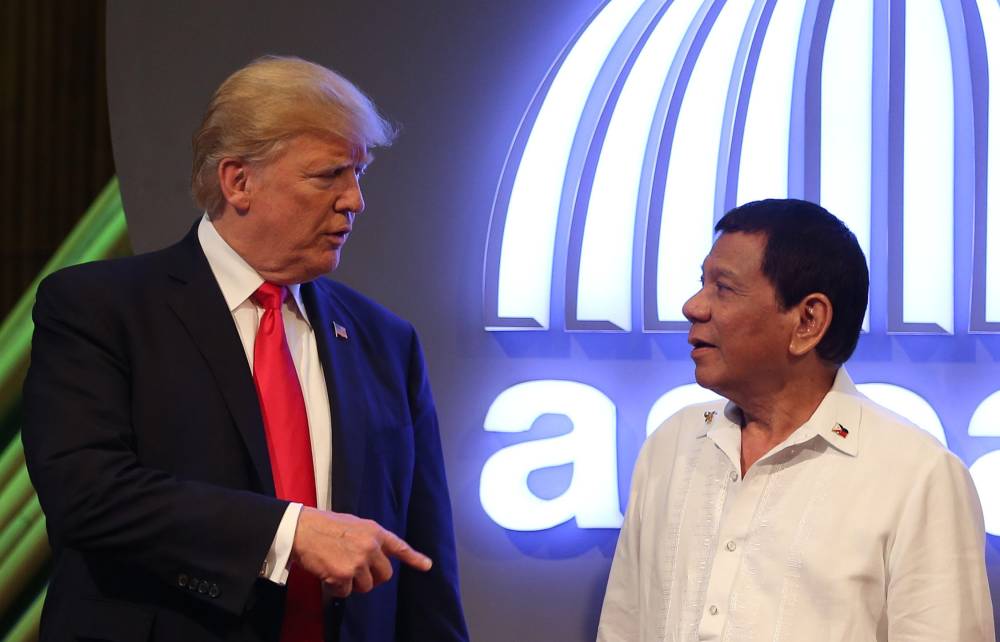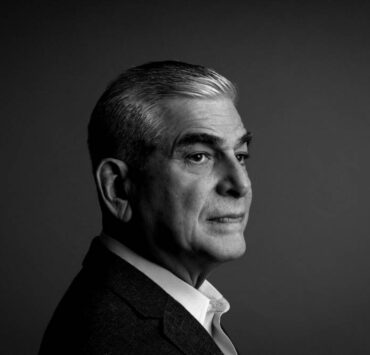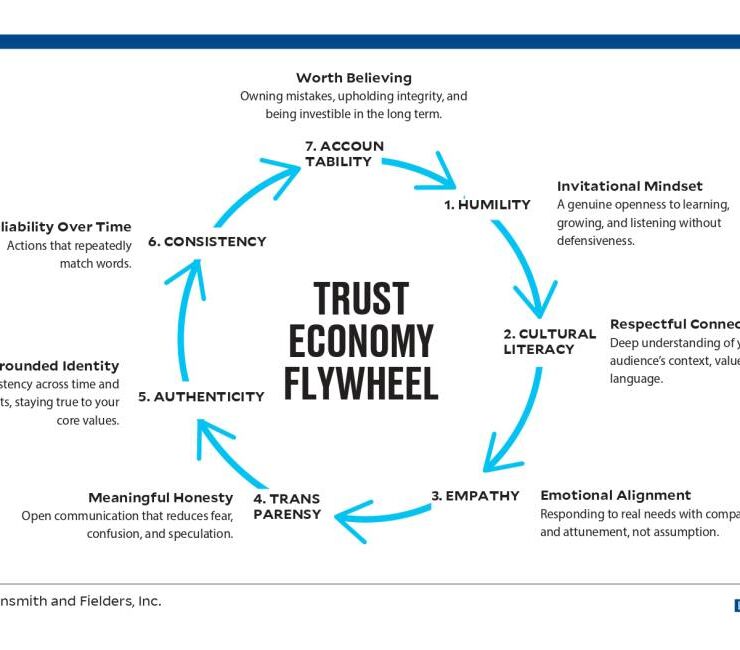Trump, Du30 and Marketing 101

First of two parts
Disclaimer: Our analysis here does not serve as an endorsement of any political figure or ideology. Instead, it is focused on understanding the underlying dynamics that drive voter behavior and the ways in which political leaders, like marketers, can (truly) connect with their audiences on an emotional level. The goal is not to support or criticize any particular leader, rather, to examine how certain strategies resonate with voters and, by extension, consumers. Also, we are disclosing that we didn’t vote for Rodrigo Duterte in 2016.
There have been comparisons on the political strategies of President-elect Donald Trump and former President Duterte. Marketers (and political strategists) are well-aware of the importance of understanding consumer (or voter) behavior or preferences, and finding the best way to communicate and connect with people on a level that translates to sales or, in this case, votes.
Despite perceived and real flaws of imperfect leaders, the winning strategy consistently has been to tap on emotions and frustrations of many voters, especially those who felt they have been ignored by the government. By understanding and amplifying these emotions, which could be very specific and personal, they were able to craft messages that resonated with supporters in a way that most traditional politicians could not. For example, Duterte took a hardline stance on eradicating corruption, crime and drugs, even stating that he wouldn’t hesitate to kill criminals. Other presidential bets focused instead on discipline, governance and unity, with the promise of achieving progress and stability.
At the heart of strategizing lies the concept of sensemaking, the process by which people make sense of their world, especially when things feel uncertain or chaotic. In this context, voters were not just responding to policies or speeches; they were looking for ways to claim their place in a diverse and divided society. And marketers can learn a lot from how Trump and Duterte helped people navigate these complex feelings and make tradeoff decisions based on emotional and psychological drivers.
Sensemaking: Why voters choose the ‘package deal’
One of the clear takeaways is that voters do not always make decisions based on facts or logic alone. Often, they make tradeoff decisions, choosing a package of values, emotions and promises that make sense to them within their broader worldview. In a world full of conflicting messages and options, this sensemaking process becomes critical.
When CNN asked, “Has Donald Trump changed America or revealed it?”—the question was not just about whether he created new divides—it was about whether he exposed the deep-seated divisions that had already existed. Trump did not create the issues around economic inequality, cultural tensions, or political polarization, but his rise to power helped people see these tensions more clearly. Similarly, Duterte did not invent the frustrations of Filipinos, but he gave voice to them, allowing voters to make sense of their own anger and disappointment.
For marketers, this is a key lesson: consumers, like voters, do not always make decisions in a straightforward, logical way. Often, consumers have irrational tendencies, and emotions are not easy to decipher. How emotions are triggered depends on each person’s experience, and the meanings placed on the messaging are constructed differently. People then learn to navigate a world of tradeoffs to save on time and resources instead of trying to reach a “perfect” decision. In behavioral economics, the term is “satisficing,” or making decisions based on what is “good enough”—to make sense of conflicting desires and values that different candidates offer. Understanding this process can help brands craft messages that hit (or nudge) the dominant heart strings to help consumers make decisions faster and more efficiently.
People want a ‘package’ they can relate to
When voters supported Trump or Duterte, they were not just supporting one issue or one policy; they were supporting a larger vision. A package deal “satisfices” or allows people not just to make tradeoffs but makes it easier to accept imperfections as long as the overall message aligns with their view.
For example, Trump’s slogan “Make America great again (Maga)” was not about agreeing with every policy or speech he made. It was a promise that resonated with people who felt that he was the best candidate who could improve the economy. Duterte’s focus on “law and order” appealed to Filipinos who felt he was the best candidate to fight crime and corruption. These slogans framed a broader narrative about restoring what was perceived to be lost, giving voters a clear sense of what they were fighting for, who or what to blame—even if not everything about the leaders’ methods was ideal.
In marketing, this lesson is just as important. People are looking for brands that represent something bigger than just a product. They want to feel like the brand aligns with their identity, values and emotions. Successful brands know how to package their messages in a way that speaks to these deeper desires, even if not every feature is perfect.
The power of emotional appeals
Both Trump and Duterte knew that emotions drive people’s decisions more than cold, hard facts. Whether it was fear, anger, frustration or hope, these leaders tapped into powerful emotional currents to connect with their base. Trump, with his Maga slogan, appealed to fear of cultural, economic and political decline, with threats from illegal immigrants, changing social norms and globalism. On the other hand, Duterte’s use of profane language was consistent with his tough-talking persona that appealed to underdogs, and served to reinforce his promise to restore order in a country struggling with the drug trade and rampant crime. These emotional appeals did not just reflect people’s feelings—they amplified them, providing voters a simpler way to make sense of their anxieties and frustrations.
For marketers, emotion is a tool that can drive purchasing decisions more effectively than any product feature or technical specification. By understanding the emotional triggers that influence consumer behavior—such as fear of missing out, a desire for security, or a sense of pride—brands can craft messages accordingly.
To be concluded on Dec. 6
Josiah Go is chair and chief innovation strategist of Mansmith and Fielders Inc. He is also cofounder of the Mansmith Innovation Awards. To ask Mansmith Innovation team to help challenge assumptions in your industries, email info@mansmith.net.





















